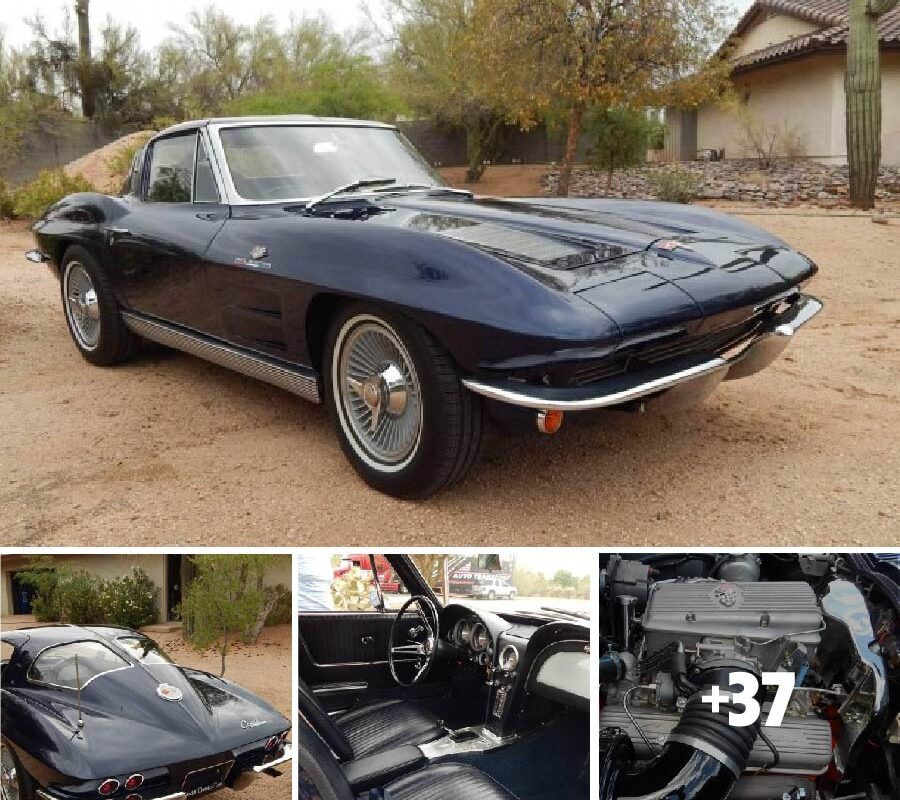
This 1963 Chevrolet Corvette stands as one of the most coveted models in the marque’s 66-year lineage, showcasing the C2’s singular-year split rear window, complemented by a scarcely-optioned fuel-injected 327ci, 360 hp V8. The proprietor asserts that the RF-code engine remains original to the vehicle and further asserts that its striking Daytona Blue exterior paired with dark blue vinyl interior adheres to factory specifications. The automobile presents immaculately overall, and although a restoration is not mentioned, it is plausible to surmise that it has undergone at least partial refurbishment. Additional specifications include knock-off factory wheels, a 4-speed transmission, and Positraction. The seller mentions that all components are functional and that the car operates robustly and remains cool. Discover it on Craigslist in Phoenix, Arizona for $153k OBO.

Crafted by Larry Shinoda, the C2 featured numerous distinctive stylistic elements in its inaugural year, including the renowned “split” rear window, as well as unique hood trim and other minor detail variances. The angle above exquisitely highlights what appears to be exceptional brightwork and paint, alongside the deeply inset door lines.

Here is an excellent view of the ’63-specific hood vents. Narrow whitewalls might not typically appeal, yet they complement the Daytona Blue exceptionally well here. Achieving precise panel alignment on these vehicles can be challenging, but both passenger and headlight doors appear neatly aligned in this instance.

The interior does not fail to impress. Seating is remarkably low in these vehicles—practically on the floor—with a high beltline and scuttle. The T-handle shifter controls what is purported to be the original 4-speed manual gearbox, and the vertically-oriented radio retains an everlasting cool factor.

The asserted-original RF-code injected 327 is meticulously detailed. With a factory rating of 360 hp and 352 lb. ft., these engines were exceptionally advanced for their time and are even rarer today, not only due to attrition but also because many were converted to carburetors when the Rochester MFI encountered issues.

This is a striking shot as well. Observe how the exhaust system traverses through the crossmember.



